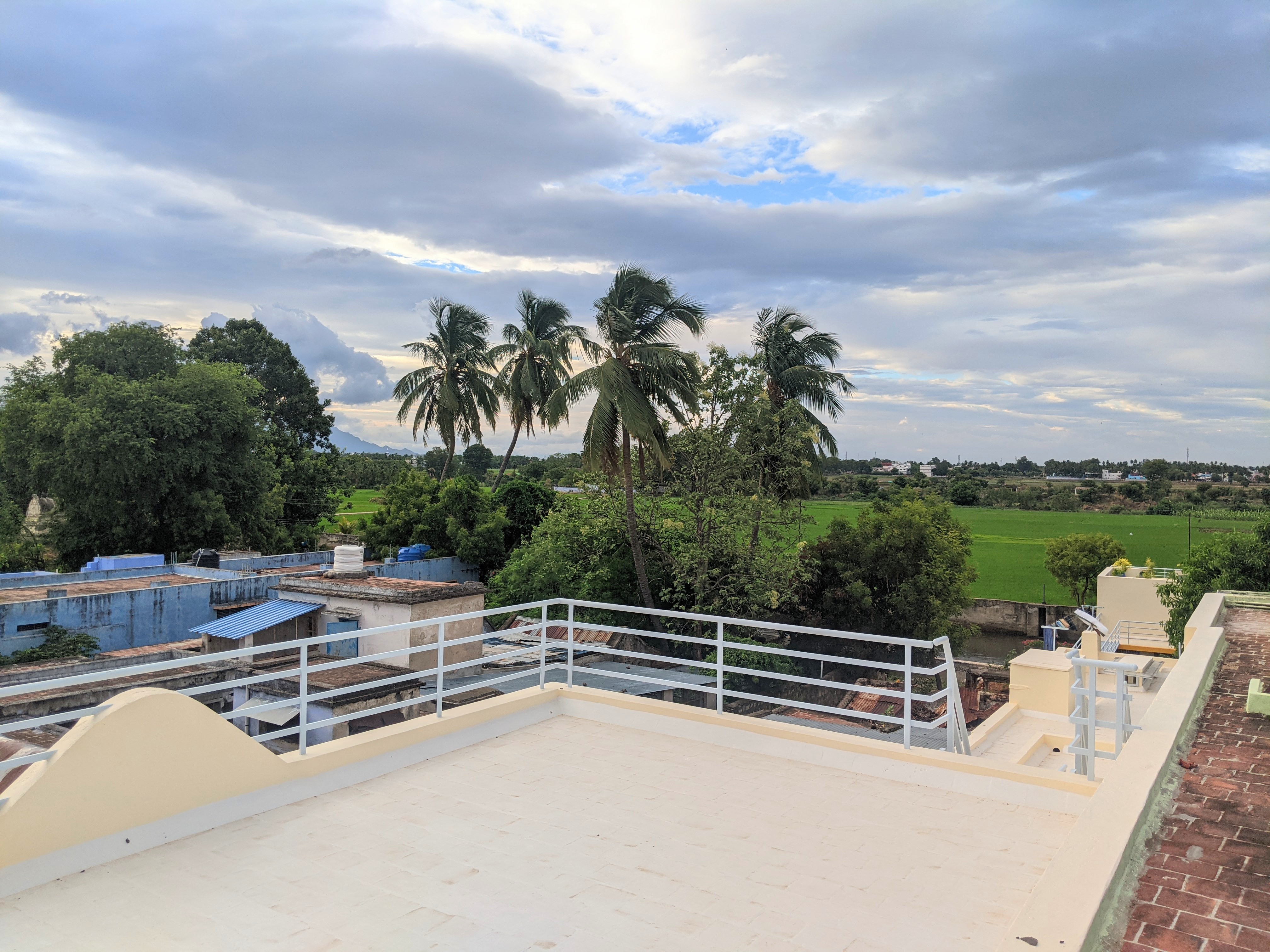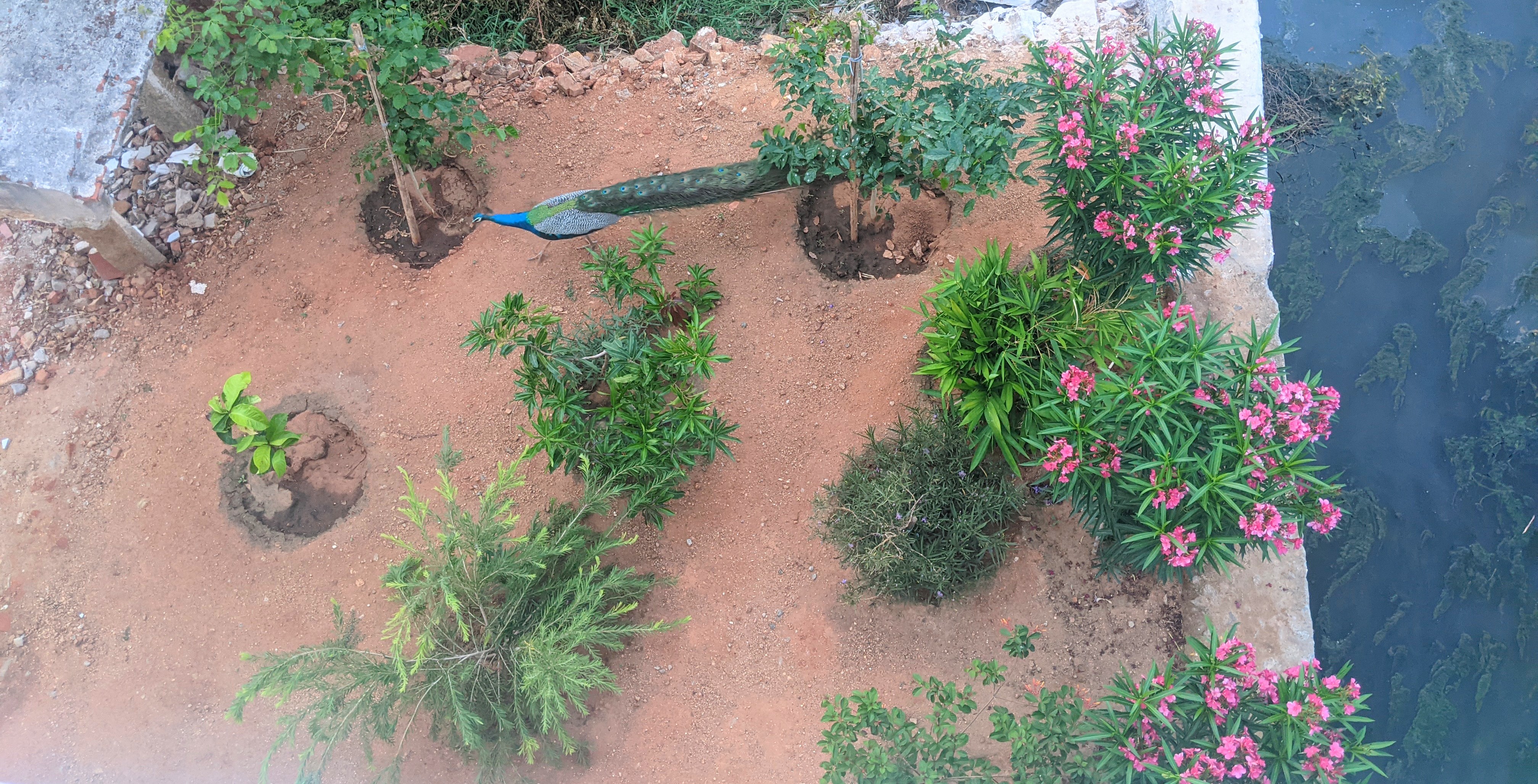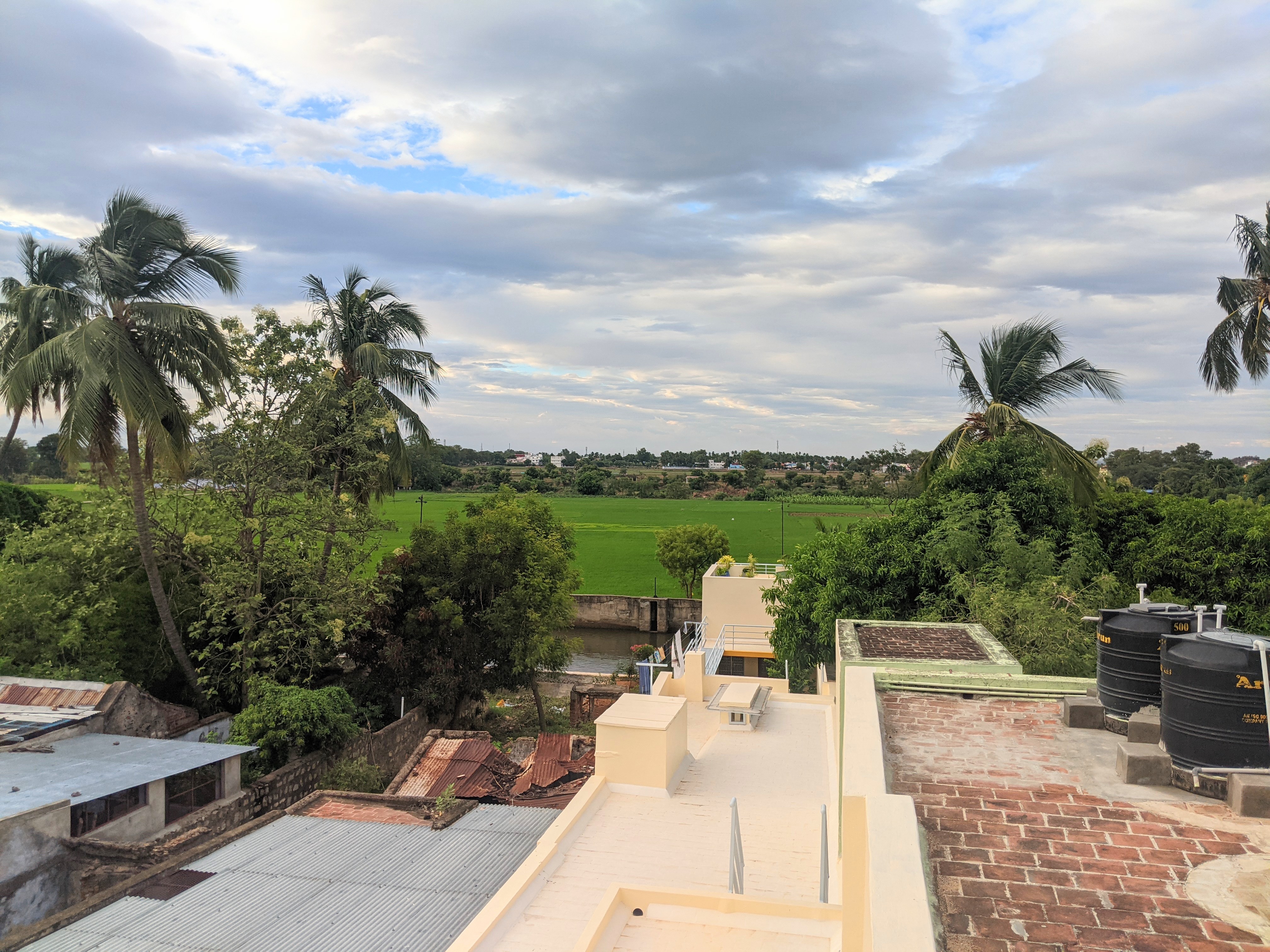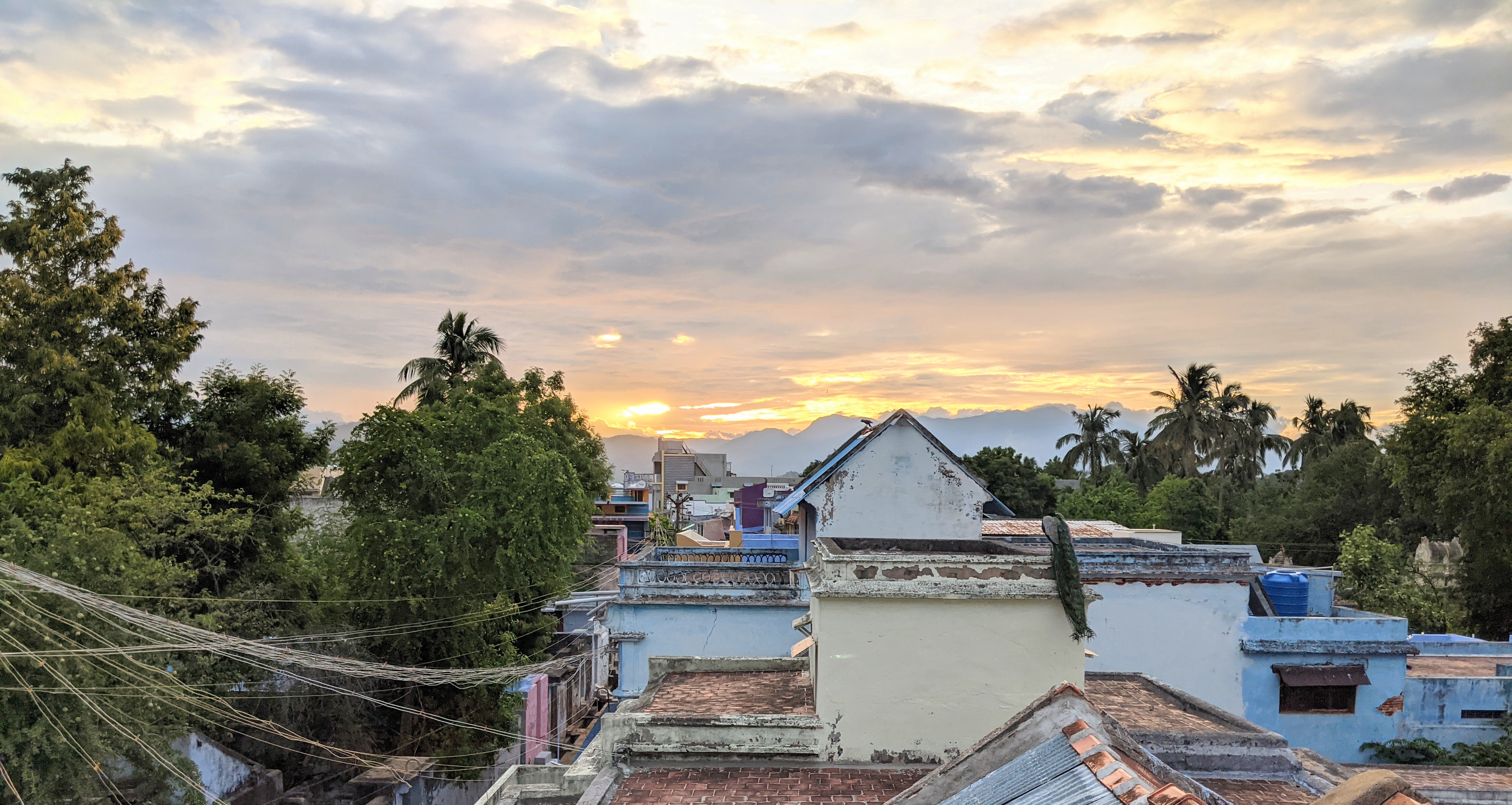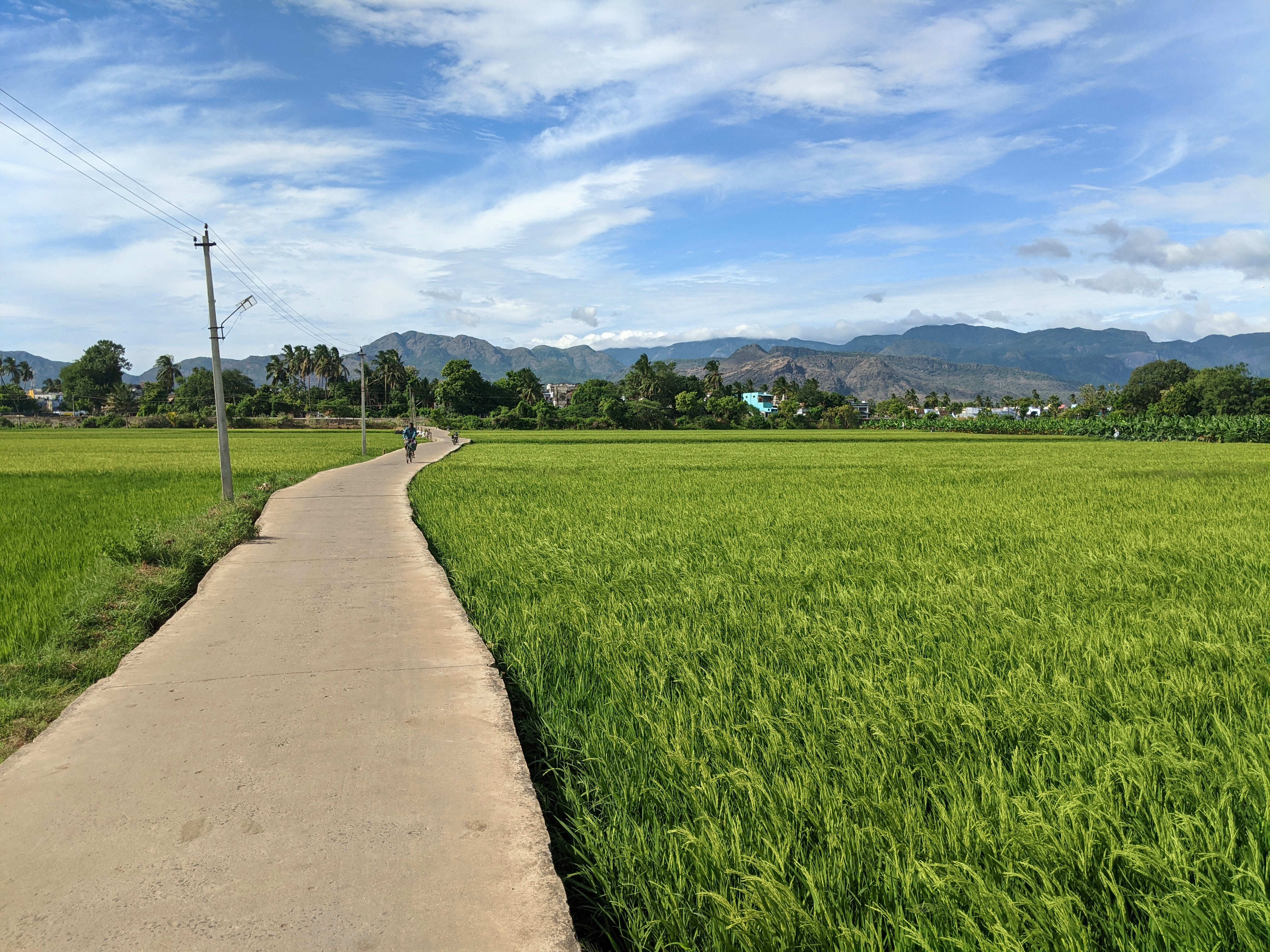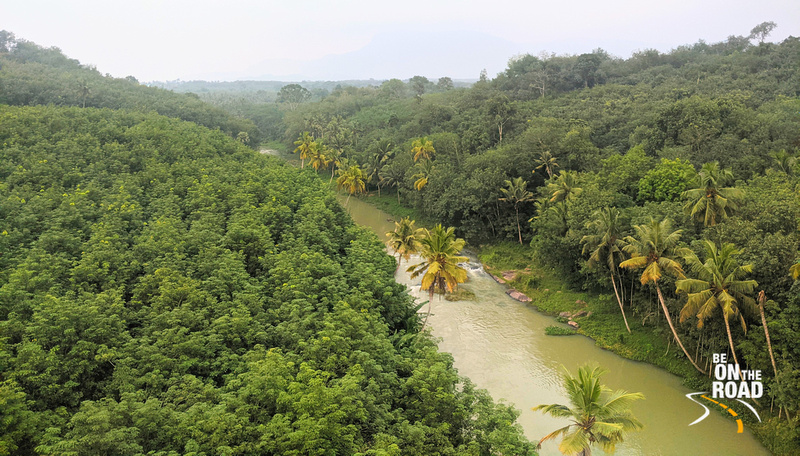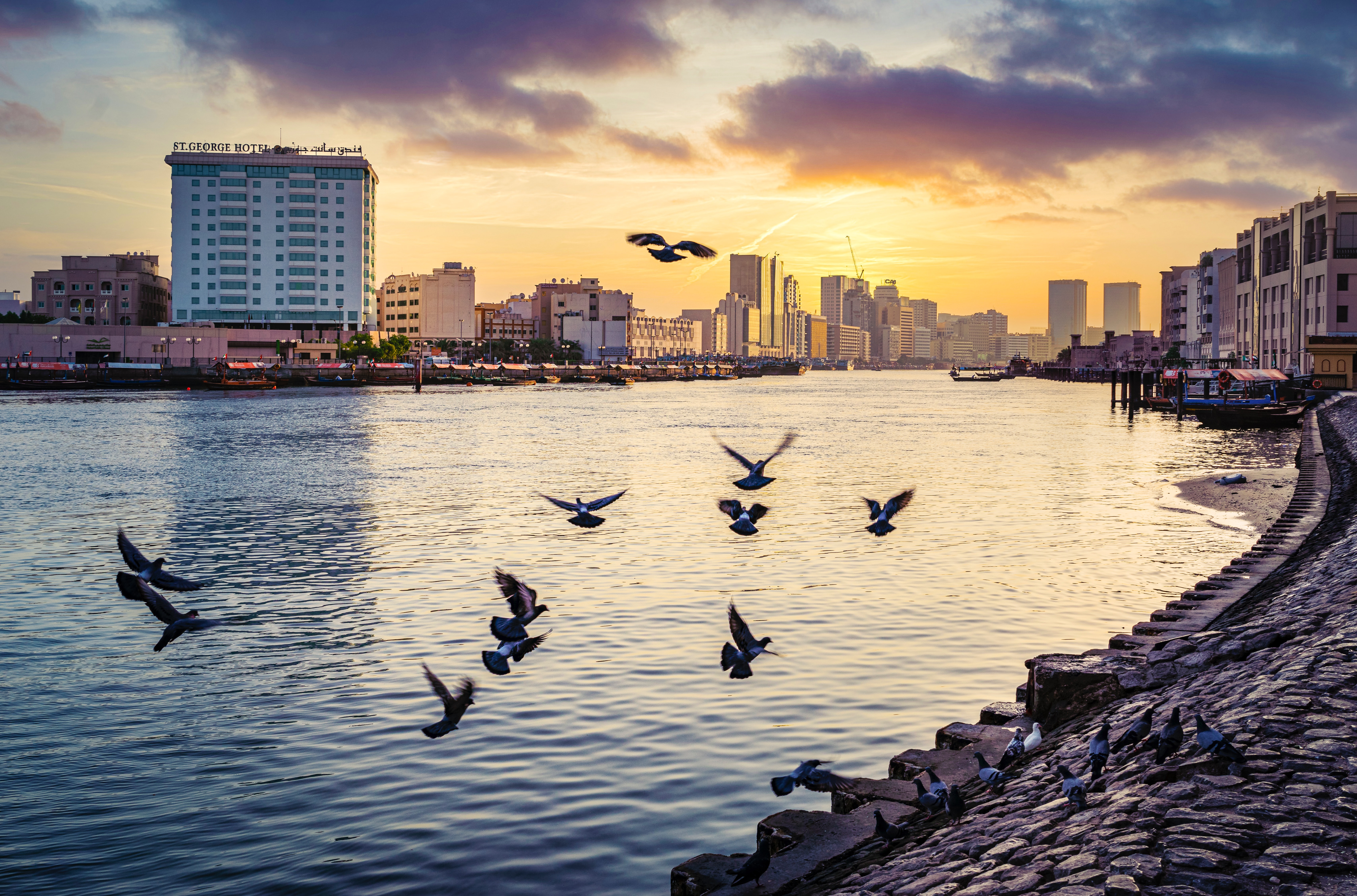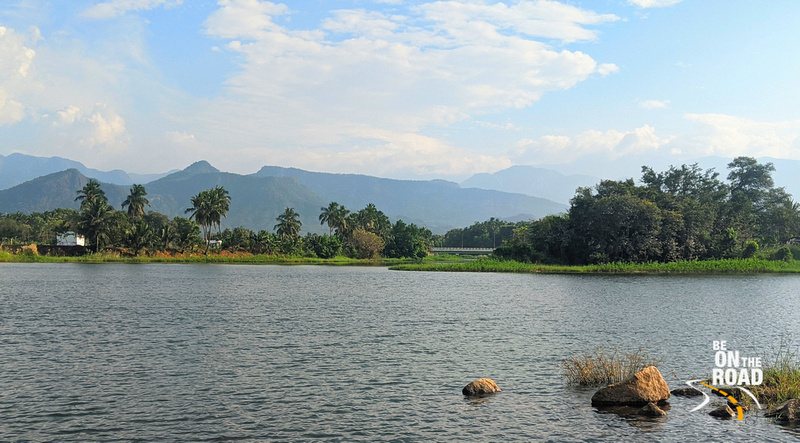Ride in style: Essential mountain bike accessories for the modern cyclist
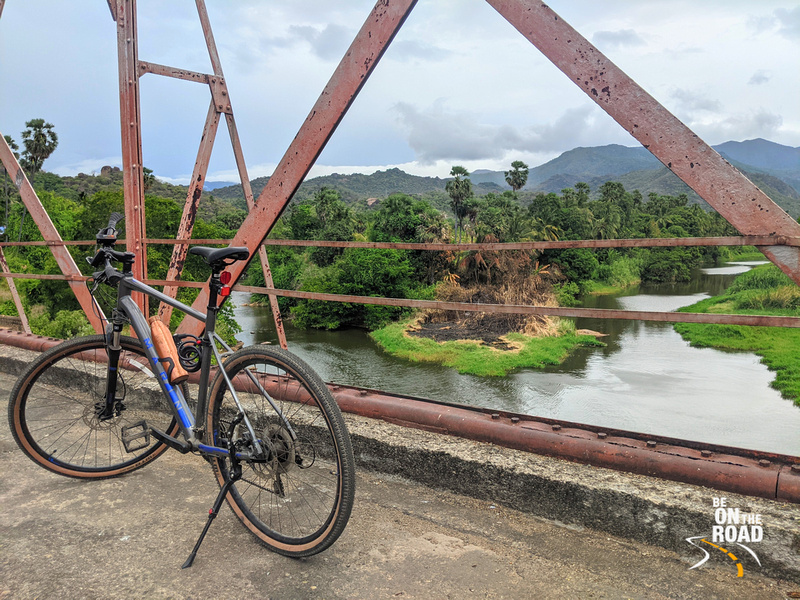
Mountain biking is a thrilling and physically demanding sport, requiring skills, stamina, and the right gear. In this post-modern age, mountain bike accessories have emerged, enhancing riding experience and safety.
Modern cycling accessories have become sophisticated and designed to improve safety, performance, and convenience. These devices range from GPS units to specialized clothing and protective gear. Whether a novice or a veteran, contemporary mountain bikers must appropriately equip themselves to maximize their mountain biking experience. Here, we will delve into the must-have mountain bike accessories for the modern cyclist.
Essential accessories
Here are some must-have mountain bike accessories for the modern cyclist:
Helmets

When it comes to engaging in any sporting activity, safety should always be the top priority, and this holds for mountain biking as well. Wearing helmets designed explicitly for this purpose is crucial to ensure maximum protection. These helmets provide the necessary safety measures and come equipped with additional features. For instance, modern helmets often include integrated lights, allowing bikers to have enhanced visibility during low-light conditions.
Some helmets are designed with action camera mounts, enabling riders to capture their thrilling biking adventures. Additionally, certain helmets incorporate MIPS (Multi-directional Impact Protection System) technology, which offers an extra layer of safety by reducing rotational forces in the event of an impact. By investing in a high-quality helmet, mountain bikers can enjoy their rides with peace of mind, knowing they have taken the necessary precautions for their safety.
Hydration packs
Proper hydration is crucial for any physical activity, especially when it comes to demanding sports like mountain biking. Hydration packs are the perfect solution to stay hydrated throughout those long rides. These packs are designed with a bladder that can hold a substantial amount of water, allowing you to quench your thirst without having to stop and search for a water source.
With a convenient tube attached, you can easily sip on water while on the move, ensuring you maintain optimal hydration levels and perform at your best. Whether tackling rugged trails or embarking on a marathon ride, a hydration pack is essential to keep you fuelled and ready to conquer the mountains.
GPS bike computers

A GPS bike computer is an essential and invaluable device for the modern cyclist. It provides necessary navigation assistance and many advanced features that enhance the riding experience. With its precise satellite tracking system, this device helps riders effortlessly navigate through trails, ensuring they never lose their way. Moreover, the GPS bike computer enables cyclists to monitor their speed, distance, and elevation in real time, fine-tuning their performance and pushing their limits.
This innovative device goes beyond just tracking and monitoring. After every ride, it provides riders with a comprehensive performance analysis, delivering valuable insights and data-driven recommendations for improvement. From analysing cadence and heart rate to evaluating power output and pedal efficiency, the GPS bike computer offers a detailed breakdown of every ride aspect, empowering cyclists to optimize their training and achieve their goals.
In addition to its performance-enhancing features, modern GPS computers offer seamless smartphone connectivity. Wirelessly connecting to your phone lets you receive notifications and messages and even take calls directly on your device, ensuring you stay connected while on the go. Whether receiving important updates or staying in touch with loved ones, the GPS bike computer keeps you connected without compromising your ride.
Bike lights

Mountain bikers frequently riding in low light conditions need reliable bike lights to ensure safety. Fortunately, modern bike lights have evolved to be lightweight, compact, and rechargeable, making them an essential accessory for any night rider.
These advanced lights offer varying brightness levels, allowing bikers to adjust the intensity to suit different riding conditions, whether navigating dimly lit trails or cruising on well-lit roads. With these innovative features, riders can confidently explore the thrilling world of night biking while staying visible and in control.
Protective clothing

Modern protective clothing is designed to provide the utmost comfort, enhance performance, and ensure the rider's safety. This comprehensive gear encompasses various elements, such as strategically padded shorts to minimize discomfort during long rides, moisture-wicking jerseys that keep the rider cool and dry, specialized bike gloves for winter conditions, and high-quality glasses to shield against dust particles and harmful UV rays.
In addition to a helmet and protective clothing, additional body protection gear is highly recommended for mountain biking, especially when tackling challenging trails. This gear includes knee pads, elbow pads, and even chest protectors. The modern versions of these accessories are designed to be lightweight and breathable, ensuring safety without compromising comfort or mobility. Investing in high-quality body protection gear can significantly reduce the risk of injuries while allowing you to enjoy the thrill of mountain biking confidently.
Bike repair tools
Every biker should equate themselves with a comprehensive and reliable bike repair kit to embark on a thrilling trail adventure. This essential kit must include a versatile multi-tool with hex keys, allowing for precise adjustments and repairs. Additionally, having tire levers, a patch kit, and a portable bike pump are indispensable tools for tackling unexpected situations like a pesky punctured tire or a loose screw.
Final thoughts

Mountain biking in the modern age requires more than just a bike and a trail. It demands the right accessories to ensure safety, enhance performance, and maximize the riding experience. While the market offers many products, the modern cyclist's basic kit should comprise a helmet, hydration pack, GPS bike computer, bike lights, and protective clothing. Investing in these essential accessories will help you enjoy the thrill of outdoor mountain biking while staying safe and competitive.




